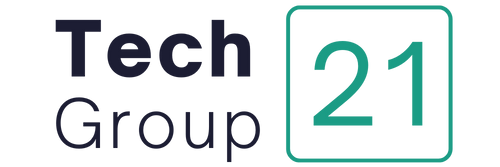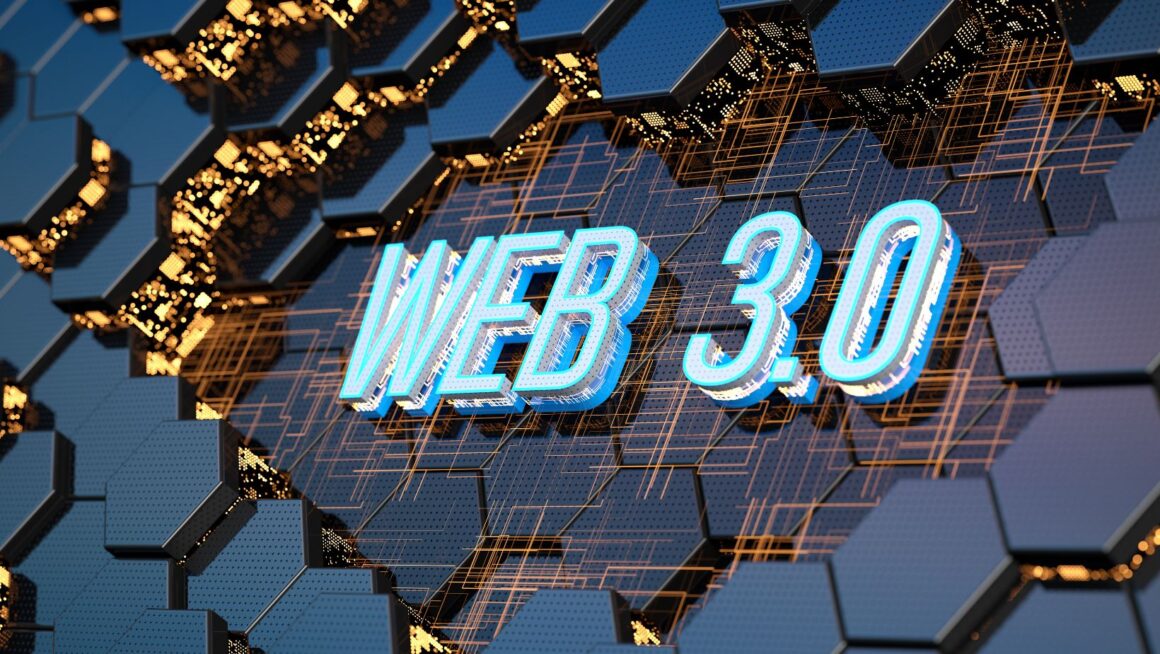In the realm of Web3, choosing the right wallet is pivotal for asserting digital autonomy and security. Brave Wallet and MetaMask emerge as prominent options, each offering unique features. Brave Wallet, integrated with the privacy-centric Brave browser, provides a seamless, secure solution within the browser itself, minimizing risks associated with extensions. Conversely, MetaMask, a seasoned Ethereum wallet, operates as a browser extension across platforms, boasting user-friendliness and widespread adoption, facilitating access to diverse blockchain applications.
To maximize visibility and user engagement in this evolving landscape, implementing Web3 SEO ultimate practices is crucial. This includes optimizing decentralized applications (dApps) and content for blockchain-based search engines, utilizing relevant keywords related to cryptocurrency and blockchain, and ensuring fast loading times and mobile compatibility. By strategically leveraging these SEO techniques, developers and content creators can enhance their presence and reach within the decentralized web ecosystem.
Your decision hinges on whether you prioritize browser-centric privacy or community support and platform versatility, shaping your journey through the decentralized landscape. Understanding the strengths and trade-offs of these wallets empowers you to make an informed choice aligned with your digital principles and preferences.
Understanding Web3 Wallets
In the evolving landscape of decentralized finance, Web3 wallets have become essential. They’re not just for holding cryptocurrencies but also serve as your digital identity in this new era.
What Is a Web3 Wallet?
A Web3 wallet is essentially your gateway to the decentralized web, or Web3. It’s a software program that allows you to interact with decentralized applications (dApps) and manage your digital assets. Think of it as a combination of a bank account and an online identity verifier that operates on blockchain technology. Key features include the following:
- Security: Your private keys, which prove ownership of your assets, are encrypted.
- Control: You have full control over your digital assets without the need for intermediaries.
- Accessibility: Access your wallet from various devices, ensuring that you can manage your assets anytime, anywhere.
The Role of Wallets in DeFi
In DeFi, or decentralized finance, wallets play a pivotal role. They’re not just storage facilities; they empower you to engage with financial services like lending, borrowing, and trading on the blockchain. Important functions include:
- Transaction Authentication: Sign and approve transactions, acting as a digital signature.
- Asset Management: Store, receive, and send various cryptocurrencies and tokens.
- Interaction: Connect with smart contracts, facilitating participation in decentralized exchanges and other financial platforms.
By demystifying Web3 wallets, you’re better positioned to choose between options like Brave Wallet and MetaMask, understanding their role in your Web3 journey.
Choosing Between Brave Wallet and MetaMask
When considering a Web3 wallet, it’s crucial to assess the features that align with your needs. Dive into the specifics of Brave Wallet and MetaMask to understand their unique offerings and how they may enhance your experience in the decentralized Internet.
Brave Wallet Features
Brave Wallet, built into the privacy-centric Brave browser, simplifies your experience by eliminating the need for extensions. Your assets are secure without compromising performance. The wallet supports multiple cryptocurrencies and seamlessly integrates with the browser’s privacy features, offering a native experience for crypto transactions.
- Native Integration: No need for additional installations
- Token Support: Manages a variety of cryptocurrencies and tokens
MetaMask Capabilities
MetaMask is well-known for its flexibility and widespread adoption. Accessible via a browser extension or mobile app, it allows you to interact with Ethereum-based decentralized applications (dApps) with ease. MetaMask equips you with the tools to delve deeper into the Web3 ecosystem.

- Widespread Adoption: Accepted by many dApps and platforms
- Cross-Platform: Available on various browsers and as a mobile application
User Experience Comparison
Your journey with Web3 heavily leans on user experience. MetaMask is lauded for its intuitive interface that caters well to both beginners and experienced users. Brave Wallet, on the other hand, provides a streamlined experience with its built-in approach, ensuring a quick and cohesive interaction with Web3 functionalities.
- Brave Wallet: Integrated, straightforward, browser-based setup
- MetaMask: Familiar, extension and mobile-based, beginner-friendly navigation
Understanding these utilities, you can make an informed choice between Brave Wallet vs MetaMask, suiting your journey in the evolving Web3 landscape. Whether it’s the integration and simplicity of Brave Wallet or the flexibility and familiarity of MetaMask, your decision will shape your interactions with the decentralized web.
Getting Started with Your Web3 Wallet
Embarking on the journey of using a Web3 wallet means you’ll be opening doors to decentralized apps, token exchanges, and blockchain-based games. But first, you’ve got to get your wallet set up and ready to go.
Setting Up Brave Wallet
Brave Wallet is integrated into the Brave browser, so you’ll start by downloading Brave if you don’t already have it. Once installed:
- Click the wallet icon on the browser.
- Choose “Create a new wallet” or “Import wallet” if you’re transferring from another service.
- Follow the on-screen instructions to secure your wallet with a password.
- Write down your recovery phrase and store it somewhere safe—this is crucial as it’s your last resort if you forget your password.
Restarting the browser finalizes the setup, and you’re then ready to navigate the Web3 world with Brave Wallet.
Installing MetaMask Extension
MetaMask is widely used and functions as an extension for browsers like Chrome, Firefox, and Edge. Here’s how to install it:
- Go to the MetaMask download page and select your browser.
- Click “Add to browser” and confirm any permissions it requests.
- Once installed, click the MetaMask icon and set a new password.
- Back up your secret recovery phrase; like with Brave Wallet, this step cannot be emphasized enough for security reasons.
- Explore the extension settings to familiarize yourself with the user interface.
MetaMask’s ease of use and solid reputation make it a top consideration for anyone entering the Web3 space.
Fund Management
Managing your funds is key to a successful Web3 experience. Make sure you:
- Understand the difference between various cryptocurrencies (such as ETH, ERC-20 tokens, etc.).
- Learn how to connect to decentralized exchanges (DEX) to swap tokens or add funds to your wallet.
- Stay on top of your transaction history for better control over your assets.
- Always double-check addresses when sending or receiving funds to prevent irrevocable mistakes.

Fund management is all about staying informed and careful; after all, the power is in your hands in the world of decentralization.
Conclusion
In the dynamic realm of Web3, selecting the ideal wallet becomes paramount for safeguarding digital autonomy and security. Between Brave Wallet and MetaMask, each offering distinct advantages, your choice shapes your journey through the decentralized landscape. By understanding their features and aligning them with your priorities, you pave the way for a seamless and empowered experience in the evolving Web3 ecosystem.



